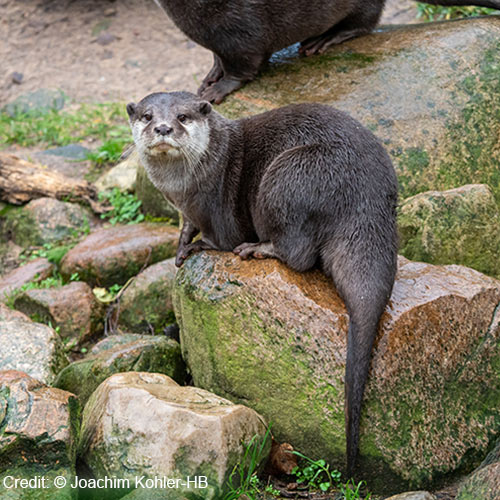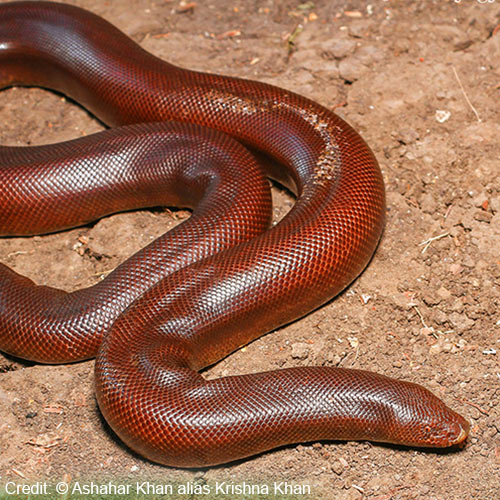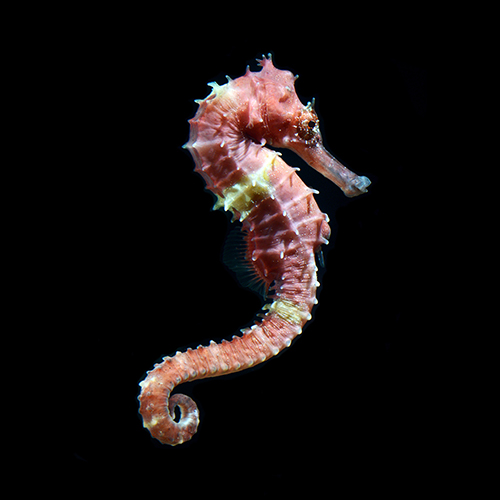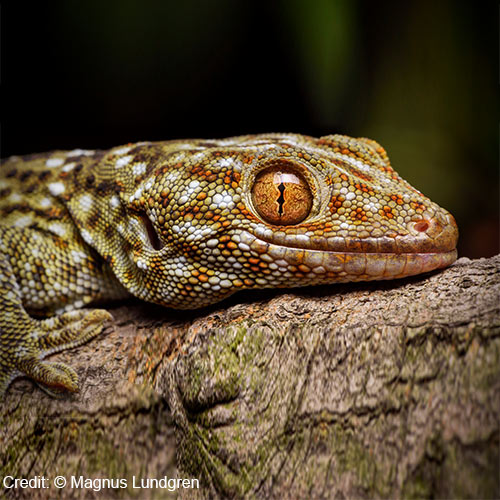




HOW YOUR CONTRIBUTION WILL HELP SAVE WILDLIFE
TRAFFIC is a leading non-governmental organisation working globally on trade in wild animals and plants in the context of both biodiversity conservation and sustainable development. In India, it operates as a programme division of WWF-India. TRAFFIC works closely with National and State governments, and various other agencies to curb poaching and illegal wildlife trade in the country.
Your contribution will help curb trafficking of wildlife species that are lesser known but found in large numbers in illegal wildlife trade. Illicit trade of otters, tokay geckos, monitor lizards, red sand boas and various marine species largely goes unnoticed due to lack of knowledge and understanding about them, general awareness and also low priority among enforcement agencies. We are hopeful that through your support we can continue to help secure the future of wildlife in India.
Your donation will help us to:
• Organise specialized training of wildlife law enforcement officers
• Train wildlife sniffer dogs to detect and deter wildlife crime
• Purchase and distribute Deep Search Metal Detectors that help detect metal legal traps used to catch wild animals.
• Launch awareness campaigns